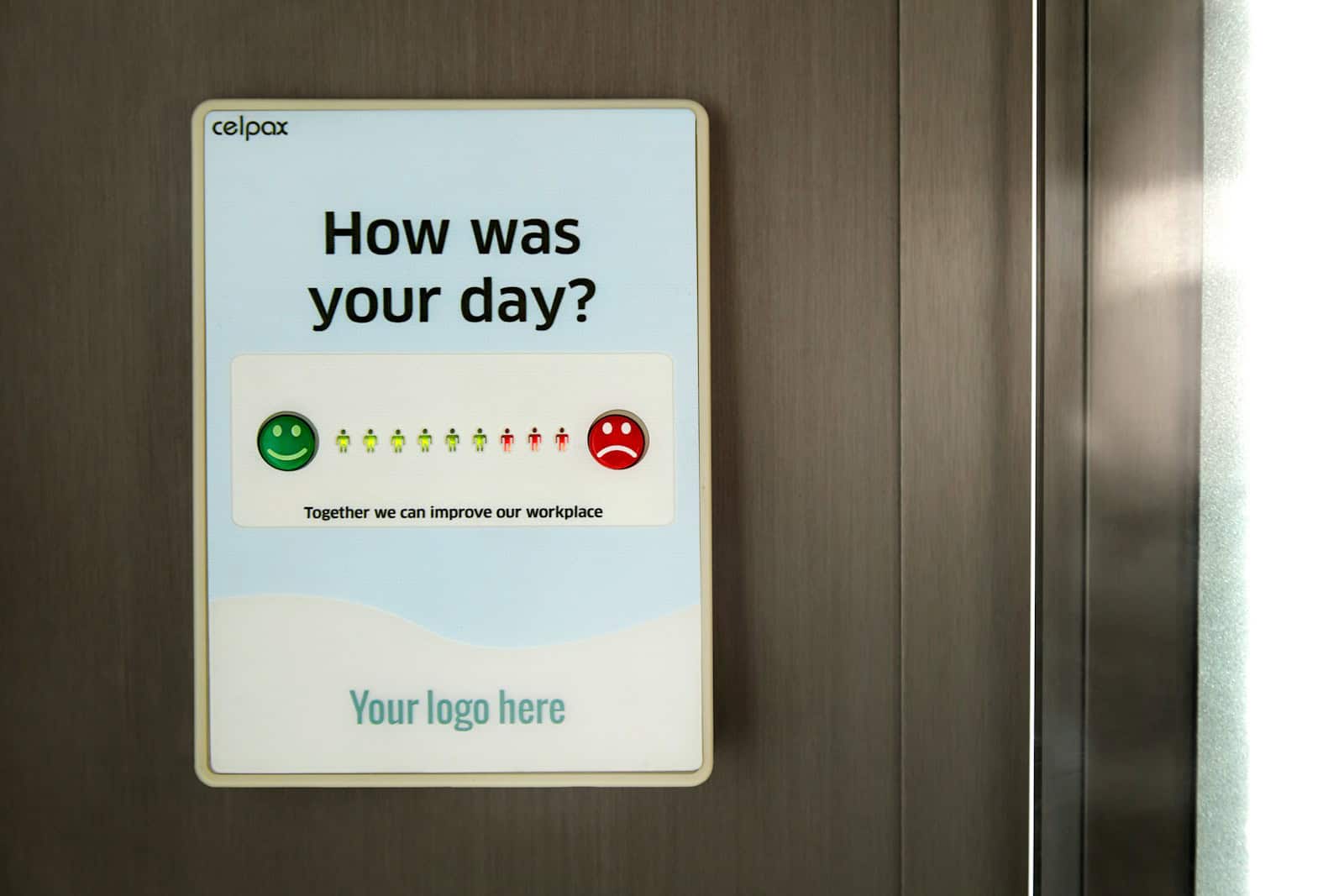Polls serve as a useful tool for gathering insights and understanding consumer preferences. They provide a snapshot of public opinion and help you gauge the effectiveness of your marketing strategies. By engaging your audience through polls, you can tap into their thoughts and feelings, allowing you to tailor your campaigns to better meet their needs.
This direct line of communication fosters a sense of connection, making your audience feel valued and heard. Moreover, polls can significantly enhance your decision-making process. When you collect data from your target demographic, you gain a clearer picture of market trends and consumer behavior.
This information can guide your product development, promotional strategies, and overall marketing approach. By understanding what resonates with your audience, you can create more targeted campaigns that drive engagement and conversion rates. In essence, polls are not just a means of collecting data; they are a strategic asset that can shape the future of your marketing efforts.
Click here to contact Teracore to assist you with your next poll >
Key Takeaways
- Polls provide valuable insights into consumer preferences and behaviors, helping marketers make informed decisions.
- Select a polling platform that aligns with your campaign goals, target audience, and budget.
- Craft clear, concise, and relevant poll questions to encourage participation and drive engagement.
- Use poll results to tailor marketing strategies, product development, and customer experiences.
- Integrate polls into social media and email marketing to reach a wider audience and gather feedback.
Choosing the Right Polling Platform for Your Marketing Campaign
Ease of Use: A Key Consideration
You should look for platforms that offer user-friendly interfaces, allowing you to create and distribute polls, without requiring extensive technical knowledge. A seamless experience will enable you to focus on crafting compelling questions, rather than getting bogged down by complicated software.
Integration with Marketing Tools: Streamlining Your Workflow
Consider how well the polling platform integrates with your existing marketing tools. If you’re already using email marketing software or social media management tools, choosing a polling platform that can easily connect with these systems will streamline your workflow. This integration allows for efficient data collection and analysis, ensuring that you can quickly act on the insights gathered from your polls.
Empowering Effective Engagement and Feedback
The right polling platform will empower you to engage your audience effectively, and gather valuable feedback that informs your marketing strategies. By selecting a platform that meets your needs, you’ll be able to create polls that resonate with your audience and drive meaningful insights that shape your marketing efforts.
Crafting Effective Poll Questions to Drive Engagement

The effectiveness of your polls largely hinges on the questions you ask. Crafting engaging and thought-provoking questions is essential to encourage participation and elicit meaningful responses. You should aim for clarity and brevity in your questions, ensuring that they are easy to understand and answer.
Avoid jargon or overly complex language that might confuse respondents. Focus on straightforward wording that resonates with your audience. Consider incorporating a mix of question types to keep respondents engaged. Multiple-choice questions can provide quantitative data, while open-ended questions allow for qualitative insights.
By diversifying your question formats, you can capture a broader range of opinions and experiences. Frame questions in a way that encourages respondents to reflect on their preferences or experiences. This approach drives engagement and yields richer data that can inform your marketing strategies.
Leveraging Poll Results to Inform Marketing Strategies
| Marketing Strategy | Poll Results |
|---|---|
| Social Media Campaign | 78% of respondents prefer Instagram for product updates |
| Email Marketing | 62% of respondents open emails with personalized subject lines |
| Content Marketing | 45% of respondents engage with video content more than written content |
Once you’ve gathered poll responses, the real work begins: analyzing the results to inform your marketing strategies. You should take the time to review the data carefully, looking for trends and patterns that emerge from the responses. This analysis can reveal valuable insights into consumer preferences, helping you identify areas for improvement in your products or services.
By understanding what your audience values most, you can adjust your marketing messages to align with their expectations. Moreover, leveraging poll results can enhance your overall marketing strategy by allowing you to make data-driven decisions. For instance, if a significant portion of respondents expresses interest in a particular product feature, you might prioritize its development, or highlight it in your promotional materials.
Additionally, sharing poll results with your audience can foster transparency and build trust. When customers see that their feedback is taken seriously and influences your decisions, they are more likely to feel connected to your brand.
Click here to contact Teracore to assist you with your next poll >
Integrating Polls into Social Media and Email Marketing
Integrating polls into your social media and email marketing efforts can significantly boost engagement and interaction with your audience. Social media platforms are inherently designed for interaction, making them an ideal space for conducting polls. You can create quick polls on platforms like LinkedIn or Facebook, where users can participate with just a tap. This immediacy encourages participation and generates excitement around your brand.
In email marketing campaigns, incorporating polls can enhance engagement rates by providing recipients with an interactive element. You might consider including a poll in your newsletters or promotional emails, inviting subscribers to share their opinions on relevant topics.
By seamlessly integrating polls into both social media and email marketing, you create opportunities for meaningful interactions that strengthen customer relationships.
Analyzing and Interpreting Poll Data for Actionable Insights

Analyzing poll data is a critical step in transforming raw responses into actionable insights. As you sift through the data, look for key trends that stand out—these could be common themes in open-ended responses, or significant patterns in multiple-choice answers. You should also segment the data based on demographics or other relevant criteria to gain a deeper understanding of how different groups respond to your questions.
This segmentation allows you to tailor your marketing strategies more effectively. Interpreting poll data requires analytical skills and an understanding of the broader context in which the data exists.
Consider external factors such as market trends or seasonal influences that may impact consumer behavior. By placing poll results within this context, you can draw more nuanced conclusions about what they mean for your marketing efforts. Ultimately, the goal is to translate these insights into concrete actions—whether it’s refining your messaging, adjusting product offerings, or exploring new market opportunities.
Using Polls to Build Customer Relationships and Brand Loyalty
Polls are an excellent way to foster customer relationships and build brand loyalty over time. When you actively seek feedback from your audience, it demonstrates that you value their opinions and are committed to meeting their needs. This sense of involvement can create a stronger emotional connection between customers and your brand.
You might find that customers who feel heard are more likely to remain loyal and advocate for your brand within their networks. Using polls as a tool for engagement can help create a community around your brand. By encouraging customers to share their thoughts and experiences, you cultivate an environment where they feel comfortable expressing themselves.
This sense of community enhances customer satisfaction and encourages repeat business. As customers see their feedback being implemented in your products or services, they are more likely to develop a sense of ownership over the brand, further solidifying their loyalty.
Click here to contact Teracore to assist you with your next poll >
Measuring the Success of Your Marketing Campaign Through Polls
Finally, measuring the success of your marketing campaign through polls provides valuable feedback on its effectiveness. After implementing changes based on previous poll results or launching new initiatives, conducting follow-up polls can help you assess how well these efforts resonate with your audience. You should focus on key performance indicators (KPIs) such as engagement rates, customer satisfaction levels, and overall sentiment toward your brand.
By comparing pre- and post-campaign poll results, you can gain insights into what worked well, and what areas may need further refinement. This iterative process allows you to continuously improve your marketing strategies based on real-time feedback from your audience.
Ultimately, using polls as a measurement tool helps you to evaluate the success of individual campaigns and contributes to long-term growth by fostering a culture of responsiveness and adaptability within your organization.
In conclusion, polls are an invaluable asset in modern marketing strategies. From understanding consumer preferences, to building lasting relationships with customers, they offer insights that can shape the future of your brand.
By choosing the right polling platform, crafting effective questions, and leveraging results thoughtfully, you can create campaigns that resonate deeply with your audience while driving engagement and loyalty.
Contact Teracore to assist with your surveys and polls >
FAQs
What are marketing polls?
Marketing polls are a method of gathering information and feedback from a target audience in order to make informed marketing decisions. They are used to gauge public opinion, preferences, and trends related to products, services, or brands.
How are marketing polls conducted?
Marketing polls can be conducted through various methods, including online surveys, phone interviews, in-person questionnaires, and social media polls. The chosen method depends on the target audience and the specific goals of the poll.
What is the purpose of marketing polls?
The purpose of marketing polls is to gather insights and data that can be used to inform marketing strategies, product development, and brand positioning. They help businesses understand consumer behavior, preferences, and attitudes towards their offerings.
What are the benefits of using marketing polls?
Using marketing polls can provide businesses with valuable information about their target audience, market trends, and competitive landscape. This data can help businesses make more informed decisions and tailor their marketing efforts to better meet the needs of their customers.
How can businesses use the results of marketing polls?
Businesses can use the results of marketing polls to refine their marketing strategies, develop new products or services, improve customer satisfaction, and enhance their overall brand positioning. The insights gained from marketing polls can also help businesses identify new opportunities for growth and innovation.



